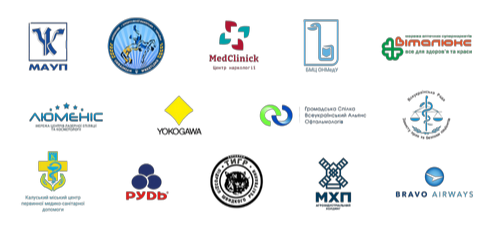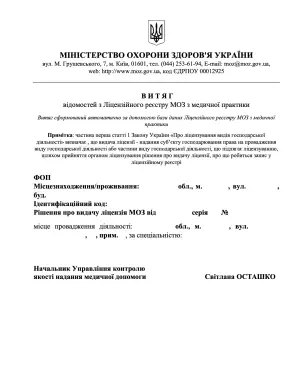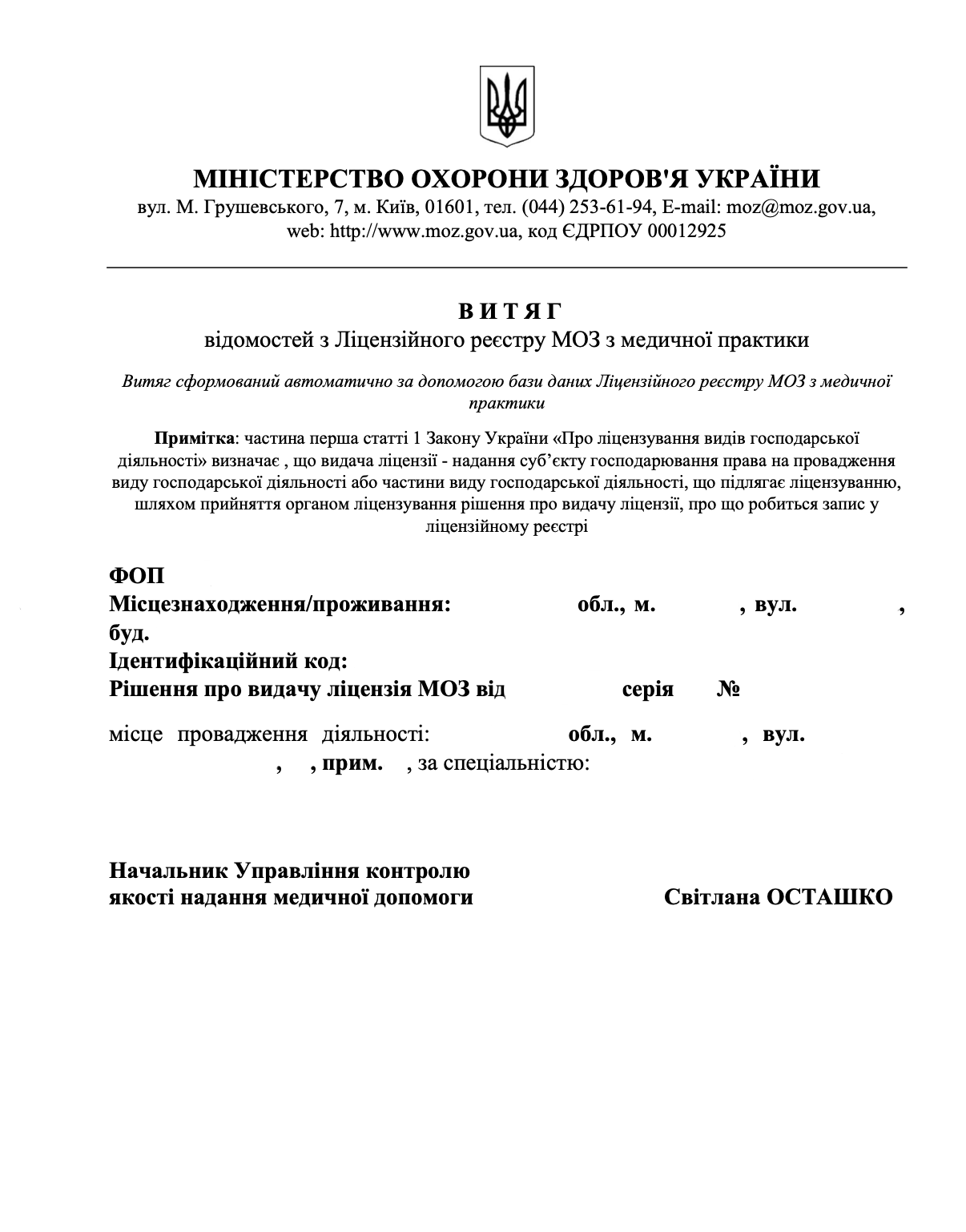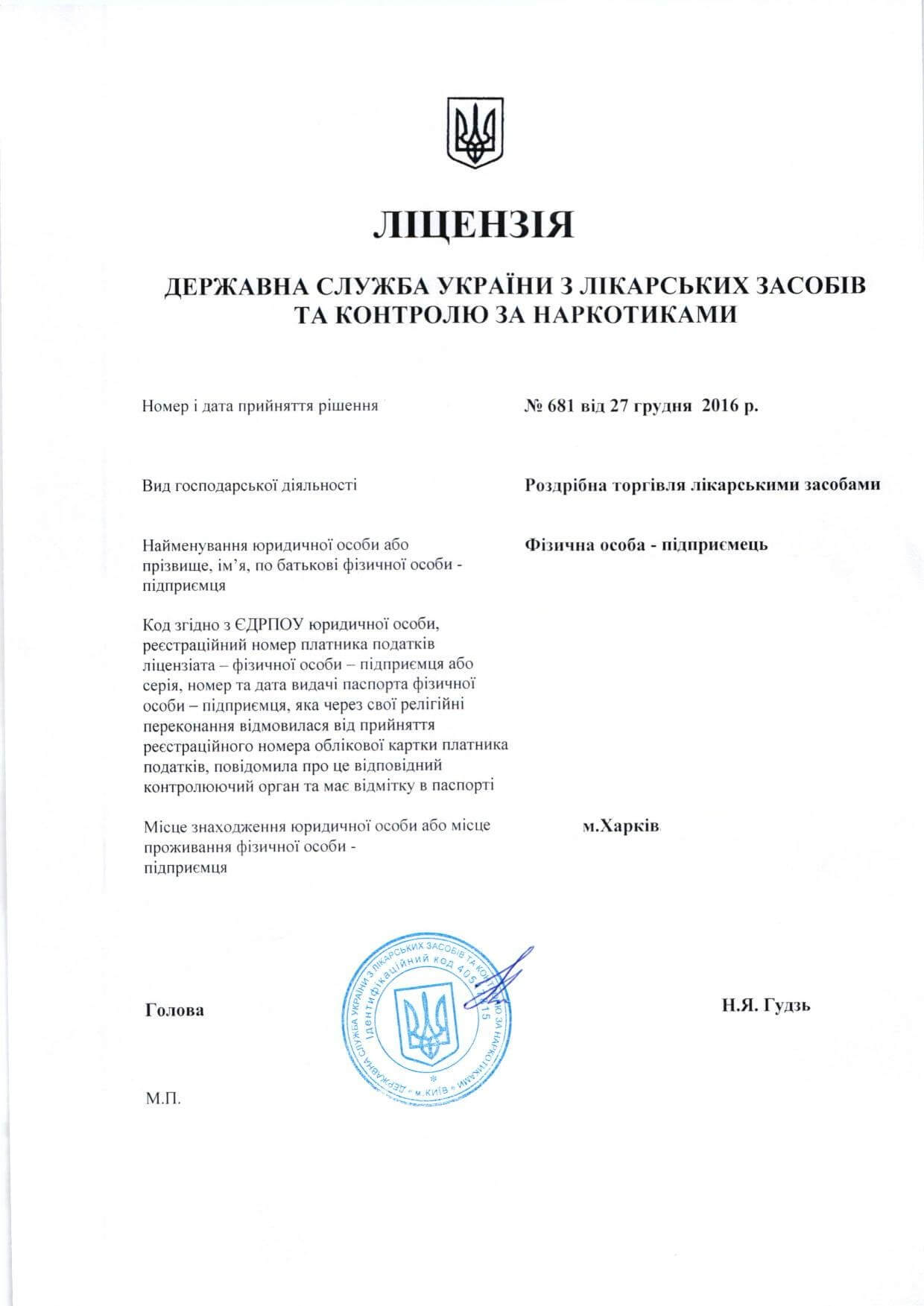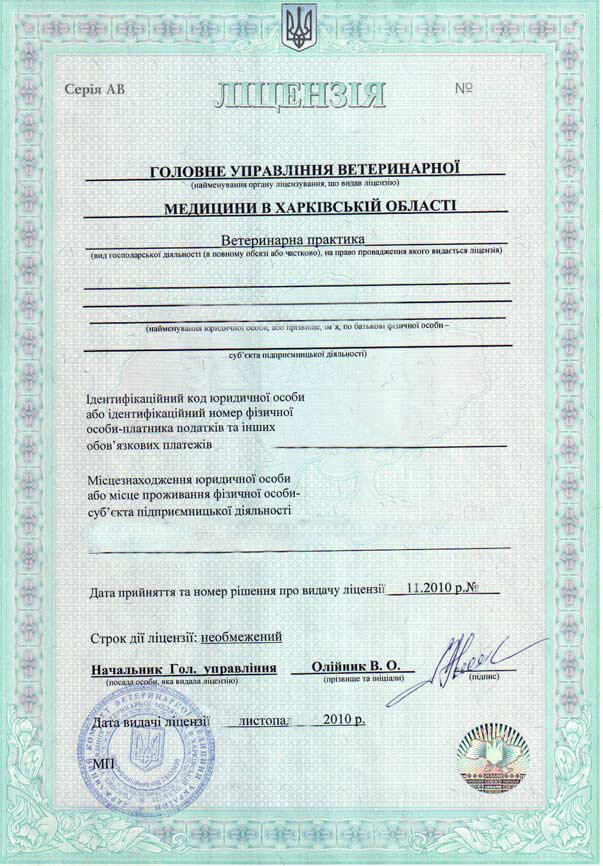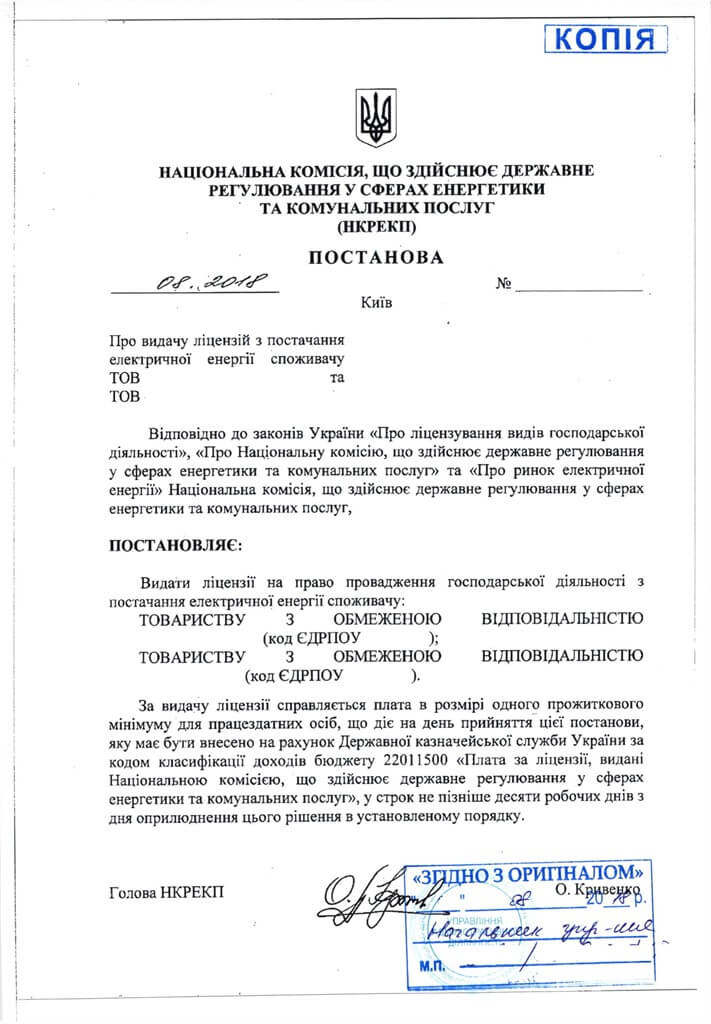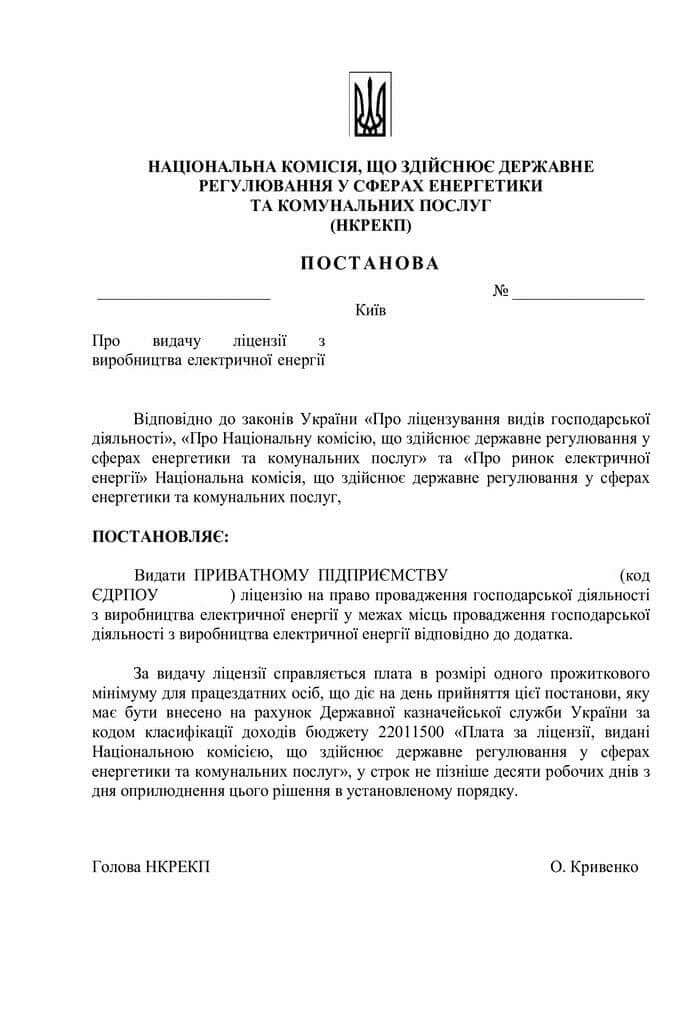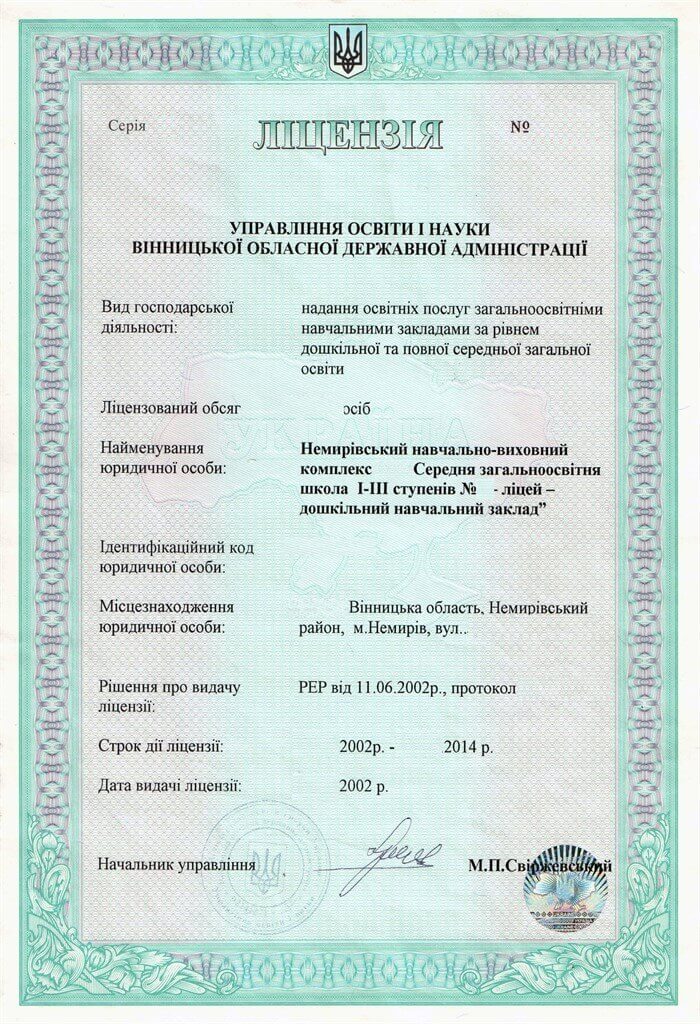Accessibility Report for People with Reduced Mobility: Why Is It Essential?
Cost of services:
Reviews of our Clients
…we can confidently recommend the lawyers of Law firm «Pravova dopomoga» as reliable legal partners on the matters of medical practice licensing and other procedures related to the Ministry of Health of Ukraine.
... Having used the services of the Law Firm "Pravova dopomoga", we managed to solve our problems, as well as found a qualified and reliable partner.
Did you know that the absence of a ramp can cost your business not only its reputation but also hefty fines? The days when accessibility for people with limited mobility was seen as an optional social initiative are long gone. Today, inclusivity is not a choice; it is a legal obligation.
That’s why the Certificate of Accessibility for people with limited mobility (PLM) has become so important. If you operate a medical facility, pharmacy, educational institution, restaurant, store, shopping center, or any other public venue, this directly applies to you.
This document confirms that your building or premises complies with state standards.
In this article, we explain:
- who needs a Certificate of Accessibility for People with Limited Mobility and why;
- which accessibility standards are mandatory;
- why the responsibility lies with the owner or tenant;
- how to complete the process quickly and without risk.
If you don’t want to miss the opportunity to operate legally and you’re looking to invest in your business’s growth and compliance with modern standards, it’s worth understanding the details.
What Is a Certificate of Accessibility for People with Limited Mobility?
A Certificate of Compliance with Accessibility Requirements for People with Limited Mobility (PLM) is an official document confirming that a property (building, premises, or facility) fully complies with current state construction standards, regulations, and other legal acts governing barrier-free environments. You may have heard it referred to as an “Accessibility Certificate,” “Inclusion Certificate/Report/Statement,” or “Certificate of Accessibility for Persons with Disabilities.”
This certificate confirms that your facility has been designed or adapted in such a way that it can be freely used by people with disabilities, parents with strollers, the elderly, individuals with temporary impairments, and other groups who face mobility challenges.
Neglecting this requirement can lead to significant fines and other issues. For healthcare facilities, it may even result in the revocation of a Medical License. Beyond its legal significance, the certificate serves as an important social marker, a demonstration of your social responsibility and your commitment to providing services to all citizens.
You might also like: How to Start an Inclusive Educational Institution: Licensing and Organizing Inclusive Education
Who Is Required to Obtain a Certificate of Accessibility?
Ukrainian legislation, in particular, state building regulations DBN B.2.2-40:2018 “Inclusiveness of Buildings and Structures” and other relevant regulations, mandates full accessibility for all public buildings and facilities without exception, as well as for those parts of residential buildings used for public purposes.
Today, even obtaining a license to supply electricity requires this certificate. After all, you must have premises where this service is provided to consumers. The logic is simple: if you offer services to the public, your premises must meet accessibility requirements for people with limited mobility.
Therefore, a document confirming unrestricted access to a building and its premises for people with limited mobility is critically important for:
- Healthcare institutions: hospitals, clinics, medical centers, private practices, dental offices, rehabilitation centers. It’s important to understand that for a medical facility to operate effectively, it needs not only suitable premises but also a complete set of inclusion-related documents confirming its readiness to serve all categories of patients. We discussed this in more detail in our earlier article: Inclusion Requirements for Medical Centers
- Educational institutions: schools, kindergartens, vocational schools, universities, and others.
- Cultural and recreational institutions: museums, theaters, cinemas, community centers, etc.
- Commercial establishments: shopping centers, retail stores, beauty salons, restaurants, cafes.
- Administrative buildings
- Transport infrastructure facilities: train stations, bus terminals, airports.
- Utility service providers to consumers, including licensed electricity and gas suppliers.
- Any other public-use facilities, regardless of ownership, whether private businesses, state, or municipal institutions.
Please note! Even if your property is leased, responsibility for accessibility lies with both the owner and the tenant. That’s why the Certificate of Accessibility is mandatory for anyone seeking to operate within the legal framework of Ukraine and avoid penalties.
What Are the Key Accessibility Requirements for Premises?
It is important to understand that accessibility is not limited to the presence of a ramp. It encompasses a comprehensive set of architectural and engineering solutions that address every aspect of a person’s interaction with the space. Key requirements include:
- External approaches and entryways: A ramp that complies with state building standards, including a regulated slope, handrails, tactile orientation elements, sufficient door opening width, automatic doors, and visual contrast features.
- Internal circulation: Adequate corridor width, threshold height, unobstructed movement within the premises, and the presence of elevators or lifts (if the building has more than one floor) with appropriate cabin dimensions and control elements.
- Sanitary facilities: Properly equipped accessible restrooms, including adequate dimensions, grab bars, sinks, toilets, and control fixtures designed for use by people with limited mobility.
- Information and navigation: Use of accessible visual, tactile, and auditory systems (such as Braille, raised signs, light signals, and information displays with large fonts). A critical component is the presence of a call button for staff assistance, installed at an accessible height at the entrance or in key zones, enabling people with special needs to promptly request help.
- Flooring: Use of non-slip and even surfaces.
- Service areas: Reception desks, cash registers, and tables must be installed at accessible heights.
- Parking spaces: Designated and clearly marked parking spaces for persons with disabilities.
Each of these elements must comply with parameters defined by state building standards, which require thorough expertise and precision.
Who is responsible for installing ramps? According to the requirements of state building regulations DBN B.2.2-40:2018 and other regulatory acts, the responsibility for ensuring accessibility, including the installation of ramps, lies with the owner of the building or structure, as well as the tenant (if stipulated in the lease agreement), within the scope of their responsibility and use of the premises. This applies to new construction, reconstruction, major renovations, and even the ongoing operation of public-use facilities.
But if you’re planning to start a business or are already operating in the public service sector, you must understand: meeting the established requirements, including accessibility for people with limited mobility, is your responsibility.
You might also like: Preparing an Individualized Document Package for a Multidisciplinary Medical Center
How to Confirm the Accessibility of Premises for People with Limited Mobility
This process typically involves several key stages:
- Preliminary audit (inspection) of the premises: An expert visits the site to assess the actual condition of the premises and its compliance with current regulations.
- Development of recommendations/project: Based on the audit, a list of necessary work is compiled, or project documentation is developed for adapting the facility.
- Execution of work: The owner or contractor carries out construction or renovation work to bring the premises into compliance with accessibility requirements.
- Collection and preparation of documents: A complete set of technical documentation is gathered, confirming the work performed and compliance with regulations. This includes, in particular, documentation for the ramp for people with limited mobility, verifying that it meets State Building Standards regarding slope, width, presence of handrails, and other parameters.
- Expert review and issuance of the Certificate: A specialized organization (most often expert institutions with the proper licenses and qualified personnel) conducts a final assessment, prepares a report on the accessibility of the premises for people with limited mobility, and issues the Certificate of Accessibility for Persons with Disabilities.
- This document serves as your legal proof that all legislative requirements have been met and is mandatory for submission to regulatory authorities.
How Much Does a Certificate of Accessibility Cost and How Long Does It Take to Obtain?
This is one of the most common questions we receive from clients — and the answer isn’t always straightforward. The cost and timeline for obtaining a Certificate of Inclusivity depend on several key factors:
The scale and complexity of your facility. Naturally, the assessment and documentation for a large multi-story medical center will differ significantly from those for a small office where a private family doctor (sole proprietor) provides services. The larger the area and the more zones requiring adaptation, the more time and resources will be needed.
Current Compliance with state building standards. If your facility already includes most of the required accessibility elements (such as a DBN-compliant ramp, wide doorways, etc.), the cost will be significantly lower, as it will only involve confirming compliance. However, if major reconstruction or construction from scratch is required, the costs for both the work and the associated documentation will naturally be higher.
Scope of required assistance. The cost may cover just the expert review and issuance of the Certificate, or a full-service package, from the preliminary audit and development of recommendations to complete legal support throughout all stages of obtaining the document.
As for the timeline, once all work is completed and documentation is collected, the Certificate of Accessibility is typically issued within a few days to a month. However, it’s important to understand that this timeframe refers only to the document's issuance by the expert organization. The time needed for the audit itself, the development of project solutions, and the execution of construction or renovation work to adapt the premises may be significantly longer, depending on their complexity and scale.
What Are the Risks for Businesses If Premises Do Not Meet Accessibility Requirements?
Neglecting inclusivity requirements and lacking a Certificate of Accessibility creates several serious risks for businesses:
- Fines and penalties. Non-compliance with state building standards and other accessibility regulations can result in substantial fines. For example, failure to comply with an order to correct licensing violations may lead to a fine ranging from 8,500 UAH to 25,500 UAH. This is just one example of potential financial penalties. Regulatory bodies may also issue formal directives requiring immediate correction of deficiencies.
- License revocation. For institutions engaged in licensed activities, such as medical practice, the absence of accessibility may be grounds for license suspension or revocation, or for denial of contracts with the National Health Service of Ukraine (NHSU), among other consequences.
- Lawsuits and compensation claims. Public organizations and private individuals whose accessibility rights have been violated frequently pursue legal action. In such cases, the property owner may be required to pay significant compensation for both moral and material damages, including all legal fees.
- Suspension of operations. If serious violations are discovered and a compliance order is issued that requires extensive renovation, your operations may be halted. This leads to direct financial losses due to downtime, loss of clients, and missed revenue.
- Reputational damage. In today’s information-driven world, news spreads quickly, and we’ve already received reports from clients about negative reviews, media attention, and social media backlash that undermines customer trust and damages brand reputation. These effects can be long-lasting, impacting both client retention and new customer acquisition.
You might also like: Revocation and Suspension of Medical Licenses
Legal Assistance in Obtaining a Certificate of Accessibility
We understand that accessibility requirements are often viewed as an added burden rather than a necessity. You may have already felt the pressure when yet another directive or the prospect of an inspection made you wonder: is everything up to standards? Are you at risk of fines or, worse, losing your license to practice medicine? Your business deserves predictability and legal security, not risk and uncertainty.
Our team provides a full audit of your facility. We take care of every step from collecting initial data and developing the necessary design solutions to preparing all required documentation and securing the Certificate of Accessibility. With us, you can be confident in a successful outcome and obtain your inclusion certificate without stress or significant time investment.
Do not wait. Invest in peace of mind, legal protection, and the future of your business today. Contact us to obtain your Certificate of Accessibility and open your doors to everyone without exception!
Our clients

